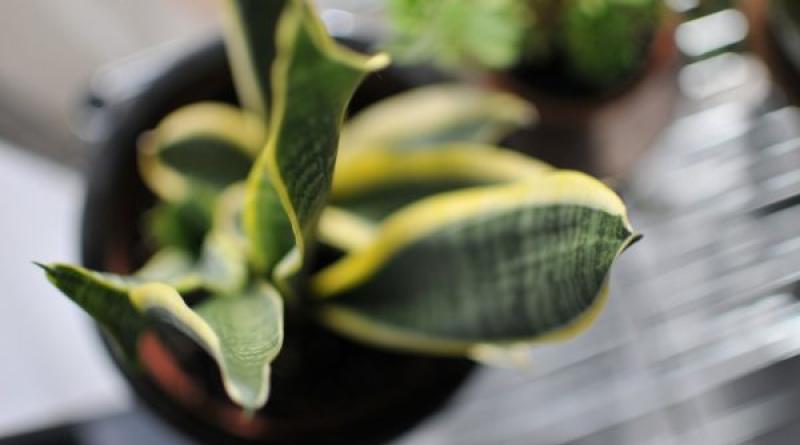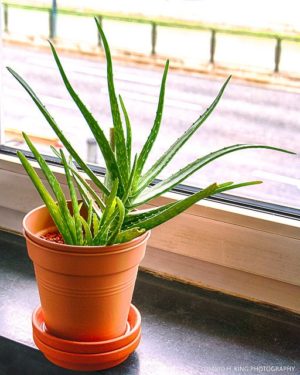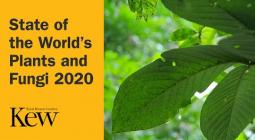Better Breathing: 6 of the Best Plants for Indoor Air Quality

The average American spends 90% of their time indoors. Unfortunately, indoor air quality ranks as one of the top threats to human health, according to the EPA. Indoor air is commonly 2 to 5 times more polluted (and sometimes worse), and is linked to a variety of ailments, including asthma, chemical hypersensitivity, and headaches to name a few. Cleaning chemicals, volatile organic compounds (VOCs) from furniture and building finishes, and particulates from cooking all contribute to the problem.
Thankfully, there are many strategies for healthier air quality in your home. Proper ventilation, low VOC finishes, natural furniture, and even indoor plants can all contribute to cleaner indoor air. During the 1980s, NASA began studying the use of indoor plants to clean the air in space stations, and the information is available to the public.
In their research, they discovered that all plants help clean the air, but some are more effective in reducing specific contaminants, such as benzene, formaldehyde, and trichloroethylene.
Editor’s note: This post contains affiliate links. If you make a purchase through one of these links, we receive a small commission that helps fund our Recycling Directory, the most comprehensive in North America.
The six best plants for indoor air quality
Aloe Vera

This succulent plant is known to remove benzene and formaldehyde, both human carcinogens. It is well suited for the bedroom because, unlike most plants, it absorbs carbon dioxide and releases oxygen during the night. This medicinal plant is used to treat burns topically or numerous ailments internally. This plant thrives in a sunny house, but beware of overwatering it.
Gerbera Daisy
This colorful flower adds a splash of color to any home while removing benzene and formaldehyde from the air. It can be grown outdoors in the summer, then brought indoors for the cooler months, where it can bloom throughout the winter. Note that it likes a lot of light and is relatively difficult to grow indoors.
Peace Lily
This lush plant removes numerous chemical vapors, including acetone, ammonia, benzene, formaldehyde, and xylene, and scores at the top of the list for removing some toxins. It also raises indoor humidity levels, a beneficial quality for dry climates. This easy houseplant is ideal for beginners or homes with little sunlight.
Rubber Plant
This attractive plant ranks near the top of the list for removing formaldehyde from the air. It can reach heights of 8 feet in ideal conditions. Rubber plants like bright indirect light and require regular watering. They also like a mist of water on their leaves during dry weather.
Snake Plant (mother-in-law’s tongue)

This pointy plant is adept at cleaning formaldehyde, smog, and trichloroethylene from the air. Like aloe, it adds oxygen and removes carbon dioxide from the air at night, making it another good plant for bedrooms. This low-light plant is good for beginners and can survive some neglect.
Weeping Fig
This tropical tree clears formaldehyde, toluene, and xylene from the air. The standard varieties include a bush, tree, and tree with braided trunks. Weeping figs prefer partial sun to full sun and regular watering.
Earth911





